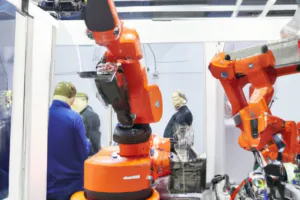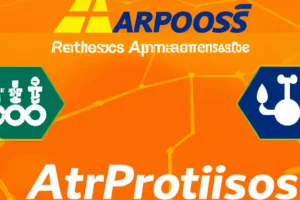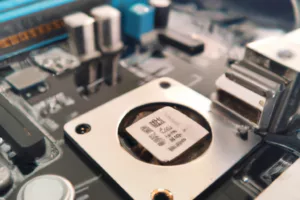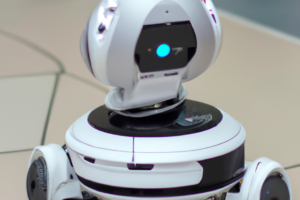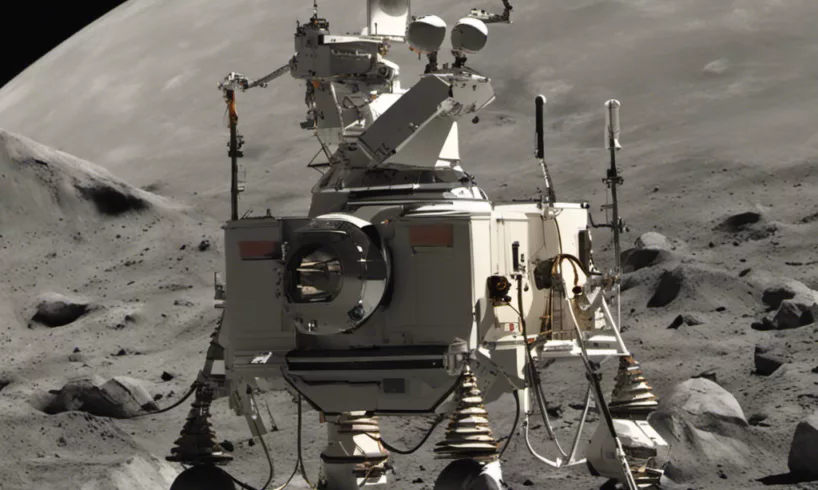
Advancing In-situ Resource Utilization (ISRU) technologies could pave the way for future fuel, water, and oxygen production from lunar resources, expanding exploration capabilities.
NASA's Artemis program is ushering in a new era of long-term exploration on the Moon. As the agency plans for a sustained presence on the lunar surface, the focus is shifting towards harvesting lunar resources to enable safer and more efficient operations with reduced dependence on Earth. To support this endeavor, NASA has issued a Request for Information (RFI) to gather input from the lunar community for its Lunar Infrastructure Foundational Technologies (LIFT-1) demonstration. The primary objective of LIFT-1 is to demonstrate In-situ Resource Utilization (ISRU) technologies, specifically the extraction of oxygen from lunar soil, to inform future production, capture, and storage. This article explores the significance of ISRU technologies and the potential implications for lunar exploration.
Advancing ISRU Technologies for Lunar Resource Utilization
ISRU technologies play a crucial role in enabling sustainable exploration beyond Earth. By utilizing local resources, such as those found on the Moon, future missions can reduce the need for resupply from Earth, making long-term presence and exploration more feasible. NASA's Lunar Surface Innovation Initiative aims to advance technologies in six key areas, focusing on ISRU.
Oxygen extraction from lunar soil is a critical aspect of ISRU technology development. Oxygen is essential for sustaining human life and can be used as fuel for spacecraft. By extracting oxygen from the Moon's resources, future missions can reduce the amount of oxygen that needs to be transported from Earth, significantly decreasing launch costs and enabling longer-duration missions.
The Lunar Infrastructure Foundational Technologies (LIFT-1) Demonstration
To advance ISRU technology maturation, NASA has initiated the LIFT-1 demonstration. The RFI issued by NASA seeks input from the lunar community to formulate an integrated approach for the demonstration. In addition to ISRU technologies, the LIFT-1 objectives may include demonstrating new landing technologies, surface operations, and scalable power generation in the Moon's South Pole region.
The LIFT-1 demonstration is crucial to establishing a viable path for launching, landing, and conducting operations on the lunar surface. Infusing ISRU technologies is essential for ongoing industry and NASA-led technology development activities. Utilizing in-situ resources makes a sustained presence on the Moon more feasible, providing the necessary consumables and infrastructure for crewed and robotic missions.
Advancements in ISRU Technologies and Lunar Resource Utilization
NASA has invested in various ISRU initiatives through partnerships with industry and academia. These initiatives focus on prospecting, extraction, and mining of lunar resources. Chemical and thermal processes are being developed to break down naturally occurring minerals and compounds found on the Moon, converting them into propellant or human consumables.
The long-term applications of ISRU technologies extend beyond the Moon. They could potentially lead to extraterrestrial metal processing and the construction of lunar surface structures using resources on the Moon. The technologies developed for the Moon could be adapted for future missions to Mars, where the atmosphere is rich in carbon dioxide. NASA is investing in initiatives to use CO2 to create other valuable elements or compounds.
The Role of Stakeholder Engagement in ISRU Technology Development
The RFI issued by NASA for the LIFT-1 demonstration calls for stakeholder engagement. NASA recognizes the importance of capturing stakeholder interest and ideas to advance innovative solutions enabling longer-duration surface exploration on the Moon. The input received through this process will help NASA identify potential partners, preferred acquisition approaches, and funding feasibility.
The Lunar Surface Innovation Consortium (LSIC), established by NASA in 2020, serves as a platform for collaboration between government, academia, non-profit institutions, and the private sector. The LSIC aims to identify technological capabilities and hurdles that must be addressed to achieve a sustained presence on the lunar surface.
As NASA prepares for long-term exploration on the Moon through the Artemis program, developing In-situ Resource Utilization (ISRU) technologies is crucial. The extraction of oxygen from lunar soil and utilizing other resources found on the Moon can significantly enhance exploration capabilities and reduce dependence on Earth. The Lunar Infrastructure Foundational Technologies (LIFT-1) demonstration, for which NASA has issued an RFI, will be vital in advancing ISRU technologies and establishing a sustainable presence on the lunar surface. By engaging stakeholders and fostering collaboration, NASA aims to pave the way for innovative solutions that will shape the future of lunar exploration.

Alejandro Rodriguez, a tech writer with a computer science background, excels in making complex tech topics accessible. His articles, focusing on consumer electronics and software, blend technical expertise with relatable storytelling. Known for insightful reviews and commentaries, Alejandro's work appears in various tech publications, engaging both enthusiasts and novices.
Follow us on Facebook



